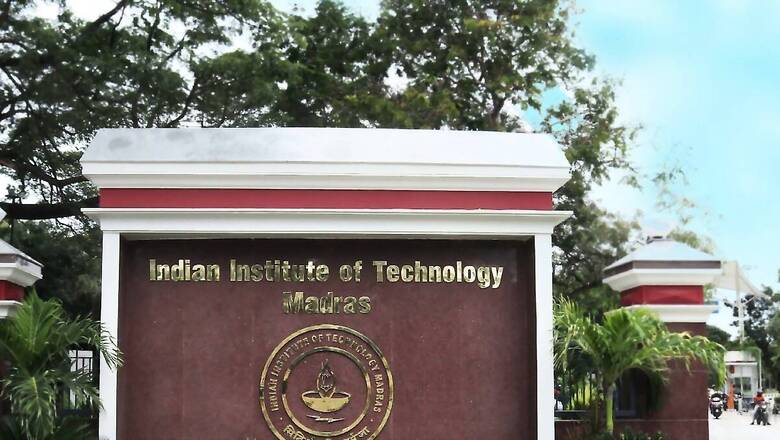
views
Researchers at the Indian Institute of Technology Madras recently developed the ‘GBMDriver’ (GlioBlastoma Mutiforme Drivers), a machine learning-based computational tool for enhanced identification of cancer-causing tumours in the brain and spinal cord.
The GBMDriver, a freely accessible web server, was developed primarily to identify driver mutations and passenger mutations (neutral mutations) in Glioblastoma, a rapid and aggressively proliferating tumour in the brain and spinal cord, as well as other types of Cancer.
Prof. M. Michael Gromiha of the IIT Madras Department of Biotechnology functioned as the project’s lead researcher. The research team includes Medha Pandey, a doctoral student at IIT Madras, as well as two IIT Madras alumni, Dr P. Anoosha, who is presently at The Ohio State University in Columbus, Ohio, and Dr. Dhanusha Yesudhas, who is currently with the National Institute of Health , US
A number of variables, including the characteristics of amino acids, di- and tri-peptide motifs, conservation scores, and Position Specific Scoring Matrices (PSSM), were taken into consideration in the development of this web server.
The study examined 9386 driver mutations and 8728 passenger mutations in glioblastoma. In a blind group consisting of 1809 mutants, driver mutations in glioblastoma were detected with an accuracy of 81.99 percent, which is superior to current computational techniques. This approach relies entirely on the sequence of proteins.
Prof. Gromiha summarised the fundamental findings of their study, stating that they had identified the crucial amino acid characteristics that distinguish cancer-causing mutations and had attained the highest level of accuracy for differentiating between driver and neutral mutations.
“We hope that this tool (GBMDriver) could help to prioritize driver mutations in glioblastoma and assist in identifying potential therapeutic targets, thus helping to develop drug design strategies,” Prof. Gromiha added.
The Glioblastoma tumour has been studied intensively in the past, however, there are only a handful of therapeutic options available, and the predicted survival rate after diagnosis is less than two years.
Medha Pandey, a PhD Student at IIT Madras, said, “We envisage that the present method is helpful to prioritize driver mutations in glioblastoma and assist in identifying therapeutic targets.”
Read all the Latest Education News here



















Comments
0 comment